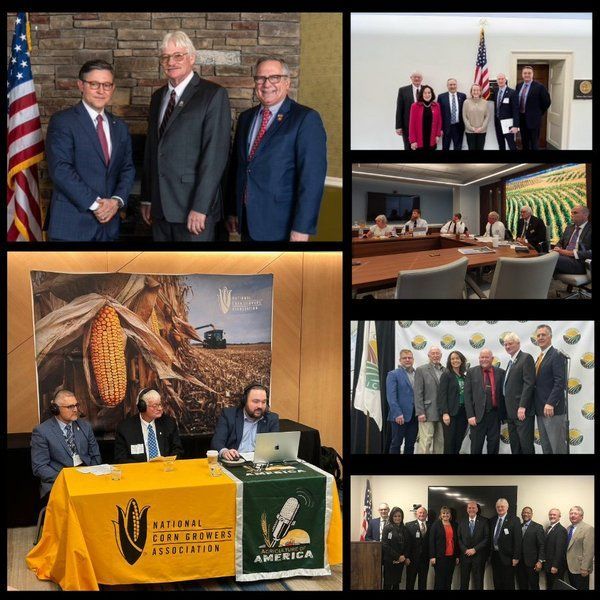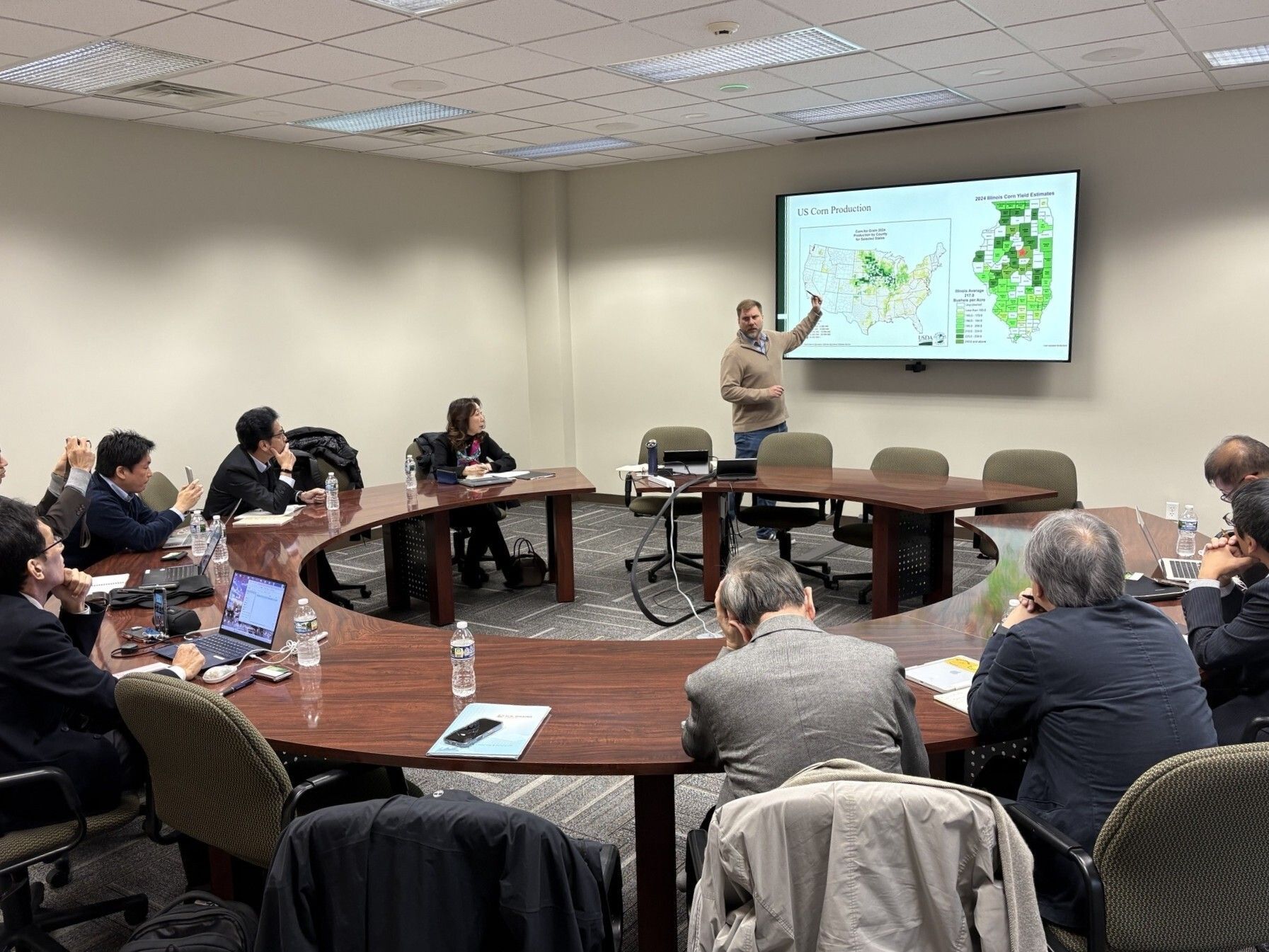Farmer Plot Fuels Objective Data
As Wayne Gehrke looked out at the Kane County Corn Growers Association corn plot at an event Wednesday, he noticed differences in the grain’s height and maturity.
The group’s plot, which began in the late 1980s, is planted, harvested and mostly managed by a third-party system. Gehrke said he feels confident the objective information will help farmers with planting decisions next spring.
“I think having a corn grower plot, planted and harvested by someone else, really helps with the credibility of the plot,” Gehrke, the organization's treasurer said. “Every time I look at plot results from a specific company, I know it is good information, but I have to take the data with a grain of salt. I feel that our results are truly representative of what those hybrids can do.”
“It’s completely unbiased,” association president Bryan VanBogaert said. “We don’t even know what hybrids are planted where. They give us the results and its kind of a surprise to everyone at the end how it plays out.”
The Kane County Corn Growers Association Test Plot night is an annual event for farmer members. The group meets, listens to speakers—and socializes too.
“It is an easy place to get together and talk shop a bit.” Gehrke said. “You can hear what's going on in the area and what other growers are seeing.”
The test plot night is one of numerous annual events held by the Kane County farmers. The association rents the plot from the Kane County Fairgrounds and a portion of the harvest supports local students through scholarships.
As for the corn itself, the association experiments with various trials including planting corn-on-corn and corn-on-soybean acres. This year, the group’s 44 acres of corn-on-corn and 18 acres of corn-on-soybeans were planted on May 18.
Gehrke said high yields brought additional attention to last year’s plot. Becks Hybrid’s, 6041Q, was the 2023 top performer, yielding 336.2 bushels per acre. The University of Illinois's farmdoc reported Illinois's average corn yield in 2023 was 206 bu/a.
“When I talk with other farmers in the area, there is a pretty good following of the corn plot,” Gehrke said. “Our lowest number was around 230 bushels per acre. I think it shows an excellent selection as it has got to be frustrating to be that seed company and come in towards the bottom with those numbers.”
In addition to the numerical data, Gehrke said the association is successful because it allows farmers to connect and discuss their practices. “The county corn grower events are just a great way to be social with neighboring farmers. Everyone goes to the event (plot night) hoping to get a gold nugget of information to take home and improve their farm."











































































































